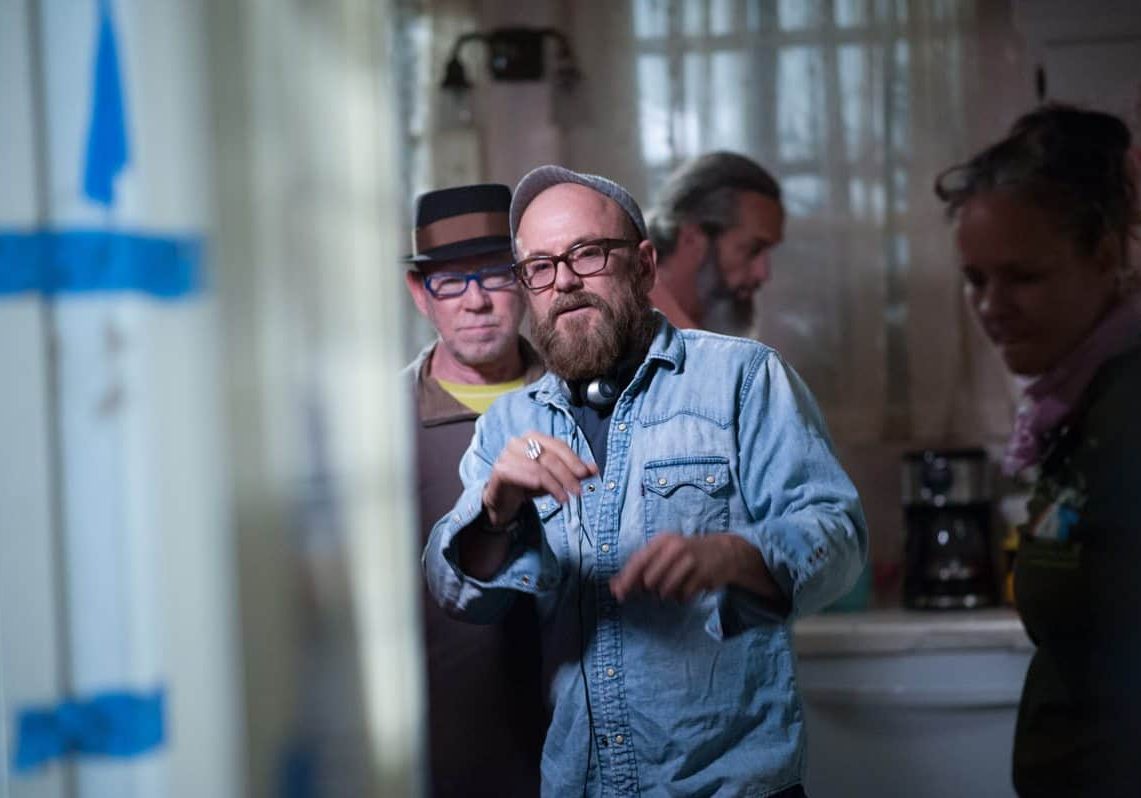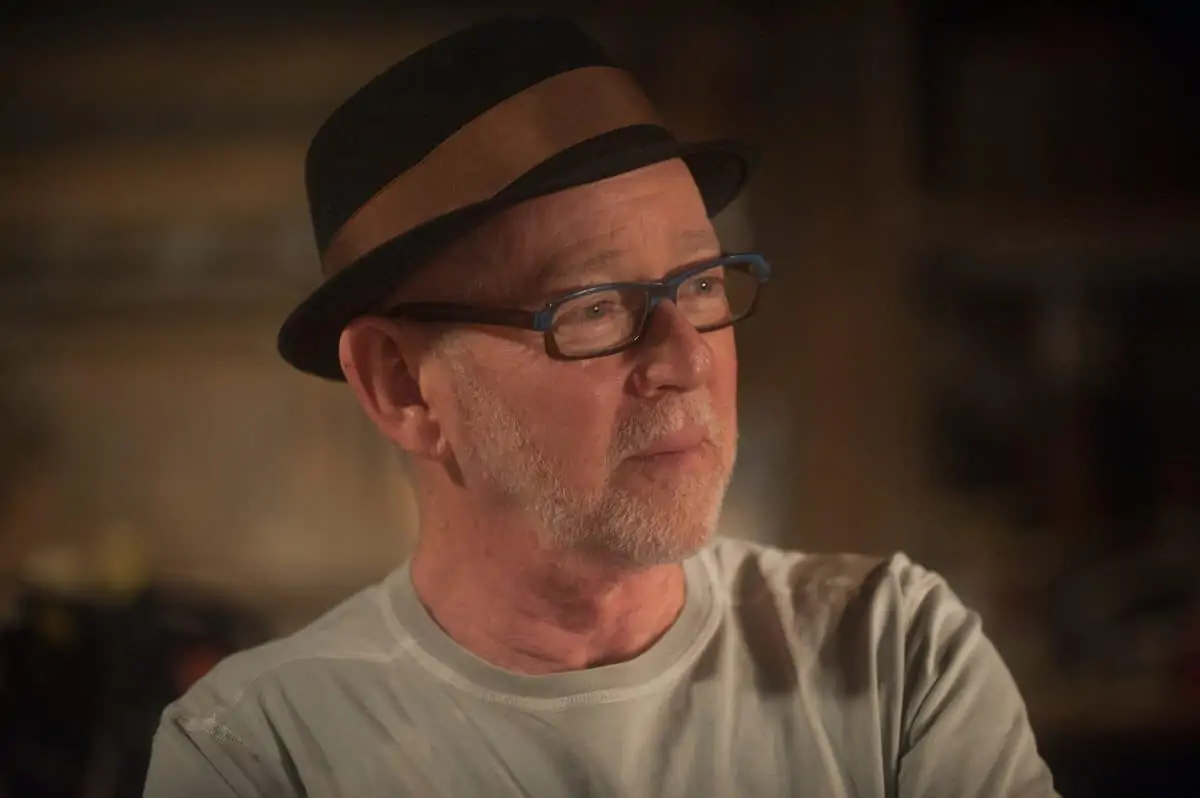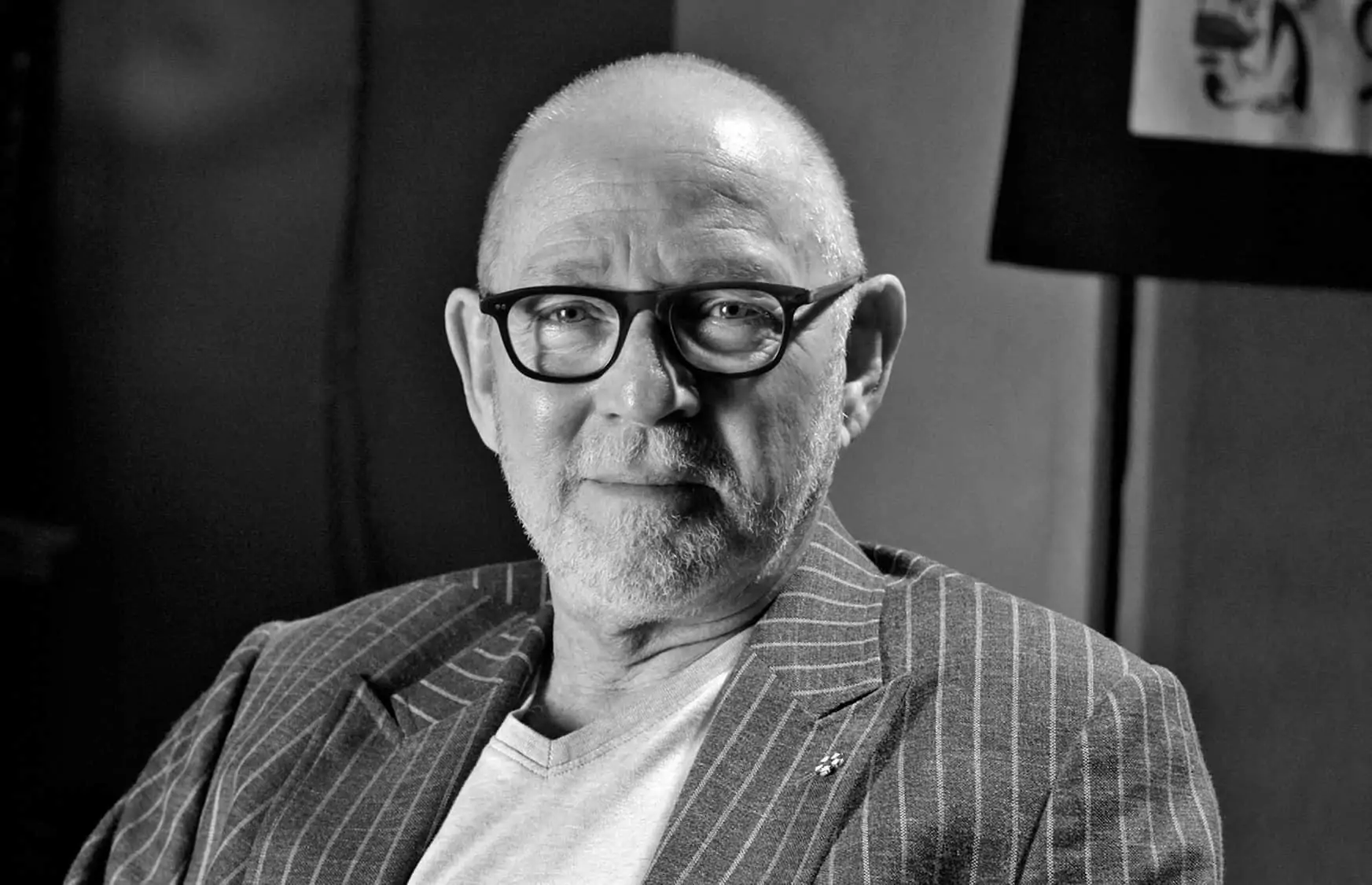Buyer Beware
Letter from America / Steven Poster ASC

Buyer Beware
Letter from America / Steven Poster ASC
Steven Poster ASC says the appliance and adoption of new technologies can only be successful when it helps storytellers.
As Michael Hobbes noted in a recent Twitter post: “Kentaro Toyama, a former Gates Foundation consultant and the author of Geek Heresy: Rescuing Social Change From The Cult Of Technology, points out that it’s not the development of technology that leads to social change, but the application of it.”
This is a very important point to consider, because we have seen technologies with great promise be developed and never used, no matter how good the core ideas may have been. In fact, the only thing that makes a development in new technology viable is how it’s applied on a practical level, a statement that is never truer than in the film and television industry.
I feel we are rapidly approaching the “second wave” of digital development, and nearing a flux juncture, where the entire chain of digital imaging is maturing to the point of being totally ubiquitous. Whether it’s driven by technologists with new ideas, us artists solving a practical problem, or manufacturers trying to develop new markets, new technologies are being introduced within that process, like High Dynamic Range (HDR) and Ultra-high Definition (UHD), and the increasing escalation of resolution known as the “K-wars.” 4K resolution seems to be the de facto standard, even though the vast majority of consumers are not yet able to receive any 4K content in their homes. I’m even predicting that bit-depth will be the next area of stiff competition, because that will really make a significant difference in image quality.
We are also being introduced to new ways of capturing in ultra-high resolution, i.e., drones, which are like airborne Steadicams, emulating what a skilled professional operator could accomplish if they could fly. Virtual Reality (VR) has been hyped as a potentially new $7 billion industry, whose proponents say it will conquer the world. But those who capture in VR, and many more of these new technologies I cited, are more cautious about their upside than those trying to market them.
"Chivo winning the Oscar for a movie that used all natural light to tell the story is exactly why VR needs an artist who can see light and understand how to reproduce that sight."
- Steven Poster ASC
Some new processes, such as motion interpolation, or “smooth motion” as it is also called, were developed by television manufacturers without consulting creatives or craftspeople in our industry. The results (which can make a carefully modulated cinematic image look like a live football game) have been horrendous because they negate the suspension of disbelief that is so crucial to narrative filmmaking. Thankfully, manufacturers are starting to hear the criticism and have begun to find direct and intuitive ways to adjust the TV and turn that function off easily.
And that’s really the bottom line of what we’re talking about here. The application of any new technology must enhance and extend (not erase) the viewer’s suspension of disbelief. Consider the live theater experience as an example of how little is needed to achieve that goal. We can see the lighting instruments, the proscenium, and there are distractions all around – we know we’re not in Willy Loman’s basement as he takes his own life. But if the writing, directing, acting and technical support are well crafted by union professionals, we completely suspend our disbelief to become one with that story. That’s the result we try to achieve at every level in our industry, so when an audience is overwhelmed to the point that they have no reference for where to be guided (as in Virtual Reality), the very purpose of “immersive storytelling” has been defeated.
I say: let the buyer beware of new emerging technologies that preach unlimited information to the viewer. Now I certainly can get excited about the potential of new technologies and new capabilities like ACES and HDR, as they may well be brilliant ways of telling stories. But the verdict is still out, in my opinion, on more-advanced digital processes, like VR or light-field photography. At the last Hollywood Production Alliance Technology Conference in Palm Desert, CA, a panellist said that virtual reality is not a cinematographer’s medium because we can’t control the image. I completely disagree with that statement – when we’re not in a position to manipulate the environment, it takes even more traditional photographic skills to achieve the best storytelling performance possible. Chivo winning the Oscar for a movie that used all natural light to tell the story is exactly why VR needs an artist who can see light and understand how to reproduce that sight.
Let me be clear: the glass is absolutely half full when it comes to new technologies. It’s a very exciting time as there is so much more we can do than in years past. Just the advancement in chip technology alone, as in the new Panasonic and Canon cameras where we can shoot at ASAs upwards of 6400 without appreciable noise, is a remarkable boon to being able to tell stories more simply and make them more immersive for the audiences.
In the realm of any new technology, it’s only as good as the way it is applied. In our world, the means are only justified by the ends.








